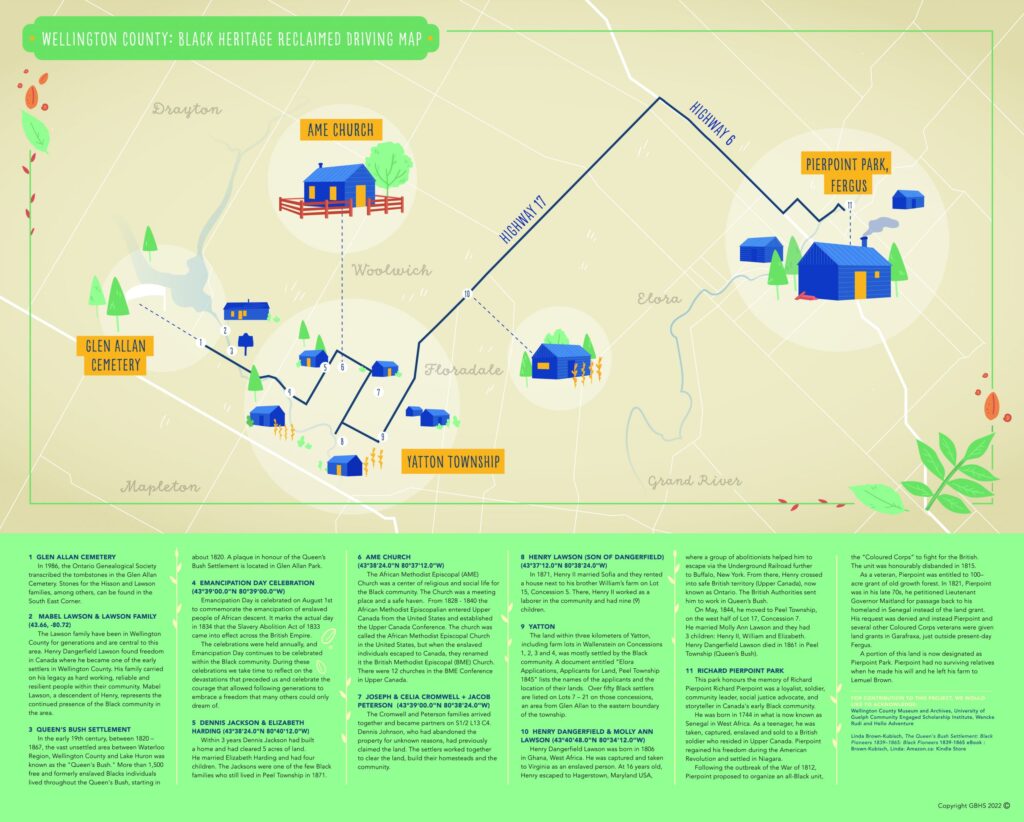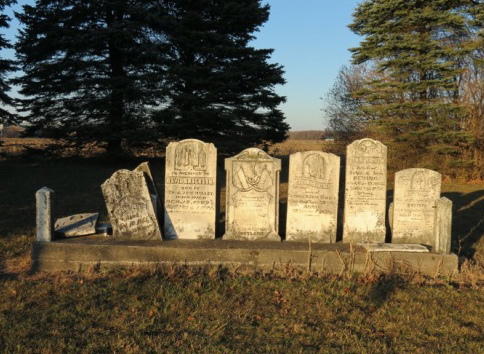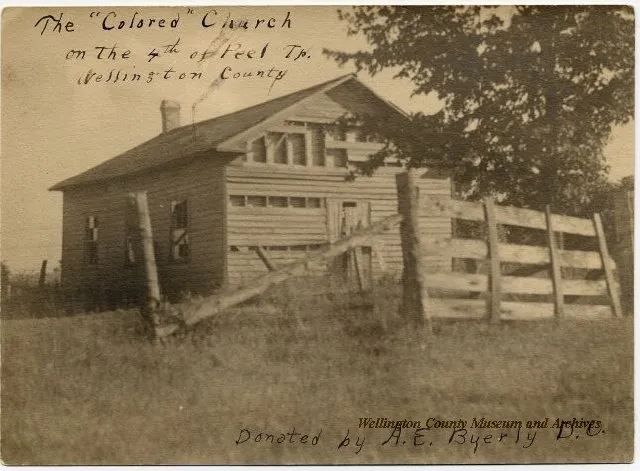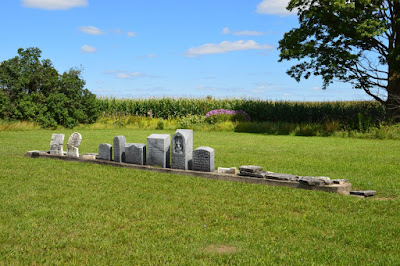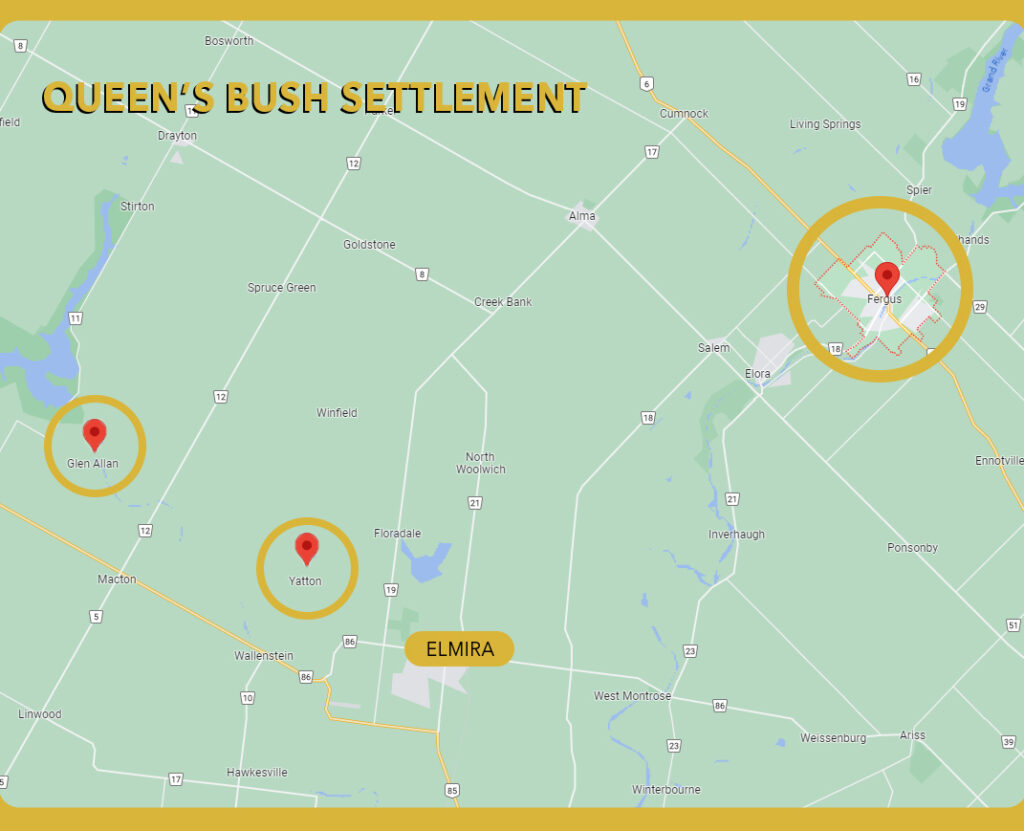Black Pioneers of Wellington County
Just west of Elmira, the lush rolling farm fields and picturesque villages thrive on the foundation of the Queen’s Bush Settlement. This was a community of Black settlers and their descendents that flourished around what is now known as Wallenstein, Hawkesville, Yatton and Glen Allan. Originally, this was the land of the Indigenous nations of Anishinabewaki, Mississauga, Odawa and Mississauga of the Credit First Nations. By the early 1800’s however, the Canadian government had colonized the land and were handling the leasing of land plots. People cleared and farmed the land with the idea that as they built a solid economy on the fruit of their efforts, they would eventually purchase the land.
Queen’s Bush Settlement became one of the biggest Black communities of its time from 1839-1865. It included several hundred farm clearings, road networks, Black churches and 2 American abolitionist mission schools. It was an intentional community built by free Black people seeking opportunities and connections for themselves and their families.
Eventually, the Black settlers were prevented from purchasing their land due to prejudices and unjust practices of the Crown Land Agents. Despite several petitions and advocating for the right to obtain titles to their land, this community was denied justice and priced out of the market. Slowly, people left to pursue opportunities in larger towns and cities. The last descendant of this community, Norman Hisson, lived there until the mid-1990’s before relocating as well.
The Queen’s Bush Settlement ultimately ended because of racism and unjust practices. But the story remains a testament to the perseverance and vision of the Black settlers who transformed this area into a vibrant community that provided a sense of place and independence for its members and a means for economic survival.
Sources
Braithwaite, Diana, 2023, Rella Black History Foundation.
Brown-Kubisch, Linda. The Queen’s Bush Settlement: Black Pioneers 1839-1865. Toronto: Natural Heritage Books, 2004.
Martin,Geoff, “Slave Days in the Queen’s Bush,” Hamilton Arts and Letters, 2020, Issue 13, no.1.
Other Resrouces
“Mapping Wellington County’s Black Heritage” by Jordan Snobelen – The Wellington Advertiser
“Local mapping project highlights Wellington County’s rich Black history” by Jordan Snobelen – The Wellington Advertiser
A north-side view of slavery. The refugee: or, The narratives of fugitive slaves in Canada. Related by themselves, with an account of the history and condition of the colored population of Upper Canada by Drew, Benjamin, 1812-1903, Published in 1856
The Forgotten History of Wellington County: Queen’s Bush Settlers and their Legacies By Raphaela Pavlakos
Wellington County: Black Heritage Reclaimed Driving Map
Purchase the map here.
